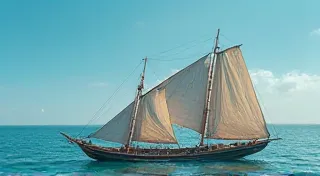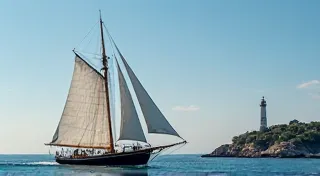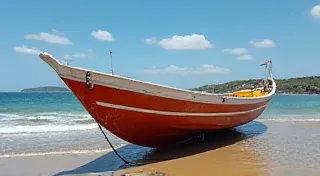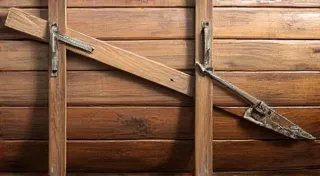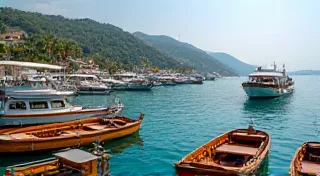The Jolle: A Traditional Fishing Boat from the Baltic Sea
The Baltic Sea, a vast inland sea shared by numerous countries, has a rich maritime heritage. Among its most distinctive vessels is the Jolle (pronounced 'yol-leh'), a small, sturdy fishing boat with a history deeply intertwined with the livelihoods and traditions of coastal communities. This article explores the construction and regional variations of the Jolle, shedding light on the craftsmanship and heritage preserved within its design.
Origins and Purpose
The Jolle's origins are somewhat hazy, though it is believed to have evolved over centuries, influenced by various shipbuilding traditions across the Baltic region. The name “Jolle” likely derives from the Dutch word “jol,” and the boat’s design reflects a practical response to the often-challenging conditions of the Baltic – unpredictable winds, shallow waters, and the need for maneuverability in confined harbors.
Historically, Jollen were primarily used by fishermen to haul in nets, transport catches to shore, and navigate the relatively calm waters near the coast. Their small size allowed for easy handling and beaching, crucial for independent fishermen working alone or with a small crew. The very concept of small, agile craft perfectly illustrates the ingenuity applied to coastal working vessels throughout maritime history. The skill and dedication required to build these vessels speaks to a deep understanding of materials and the forces of nature, a principle not unlike the traditions found in regions like the Mediterranean where traditional shipwrighting represents a legacy of incredible skill.
Image: 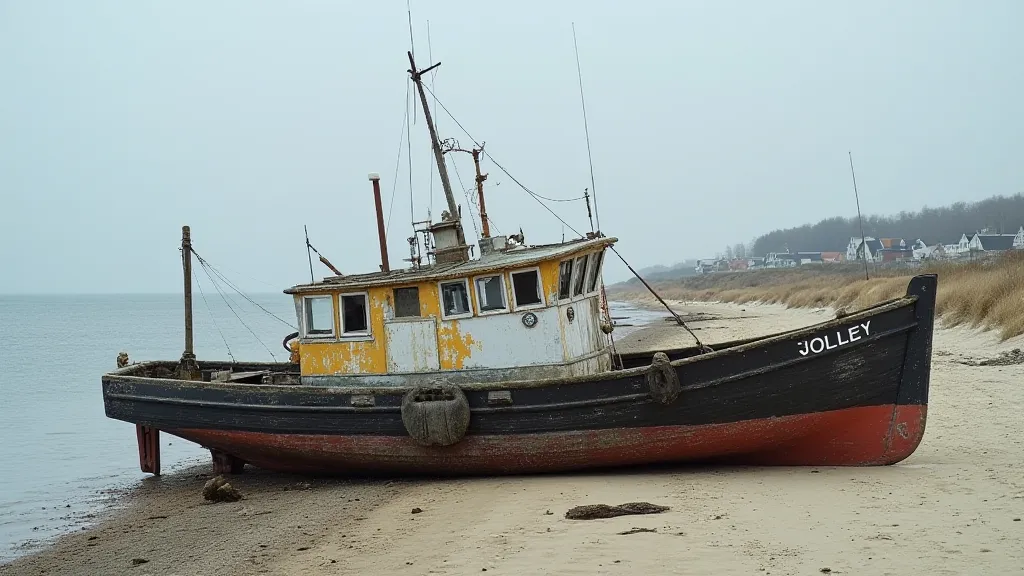
Construction Techniques: A Deep Dive
The construction of a Jolle traditionally involves a carvel planking technique, where the planks are laid edge-to-edge and smoothly joined. This contrasts with other methods, such as clinker planking, which overlaps planks. Understanding the nuances of hull construction is key to appreciating the specific advantages of each design; for those interested in learning more about overlapping planks and their benefits, our article on The Clinker Hull: Exploring Overlapping Planks provides a detailed examination.
The frame is typically made of oak, a sturdy and durable timber, and the planks are commonly pine or fir, chosen for their availability and workability. The selection of timber was crucial, impacting the boat's longevity and resistance to the harsh Baltic environment. The process itself required a deep knowledge of wood properties and construction techniques, skills vital not only for Baltic boatbuilding, but mirrored in the techniques employed by master craftspeople around the world.
A key characteristic of the Jolle is its flat bottom, providing stability and allowing for easy loading and unloading. The bow and stern are typically quite sharp, facilitating easy navigation through waves. Traditionally, the planks were fastened with wooden pegs and caulked with tarred hemp to make the hull watertight – a testament to the resourcefulness and skills of the traditional boat builders. The importance of meticulous fastening and sealing reveals a fundamental understanding of hydrodynamics and the constant battle against the sea’s relentless forces.
The specific dimensions and proportions of the Jolle varied considerably from region to region. The angle of the bow and stern, the height of the freeboard, and the length of the keel all demonstrated regional preferences shaped by local conditions and building traditions. These subtle variations are often reflective of not just practical considerations but also the evolution of regional aesthetic preferences – a silent language of boat design, if you will. The way a keel contributes to a boat’s behavior is a fascinating area of study, and further exploration can be found in our article on The Silent Language of the Keel: Unraveling a Lost Dialect of Boat Design.
Regional Variations: A Baltic Mosaic
While the core design of the Jolle remains consistent, significant regional variations can be observed across the Baltic Sea. The diversity reflects the unique maritime cultures and environmental conditions of each coastal community.
- Swedish Jollen: Often characterized by a more pronounced sheer (the curve of the deck) and a slightly more elaborate bow. The subtle shifts in sheer significantly affect the boat's performance and appearance.
- Finnish Jollen: Frequently built with a narrower beam (width) for increased speed and maneuverability in the often-crowded Finnish coastal waters. The compact design allowed them to navigate the intricate networks of waterways and harbors.
- German Jollen (Ostseekähne): These variations often feature a more robust construction, reflecting the demands of working in more exposed waters. The added strength provided crucial protection against the often-turbulent conditions of the North and Baltic Seas. This emphasis on durability and resilience is echoed in boatbuilding practices across the globe, where the relentless pressure of the marine environment demands robust construction methods.
- Polish Jollen: Polish jollen, often called 'szkutki', display a broader range of styles, some resembling larger fishing vessels. This reflects a wider spectrum of fishing needs and traditions across the Polish coastline.
Image: 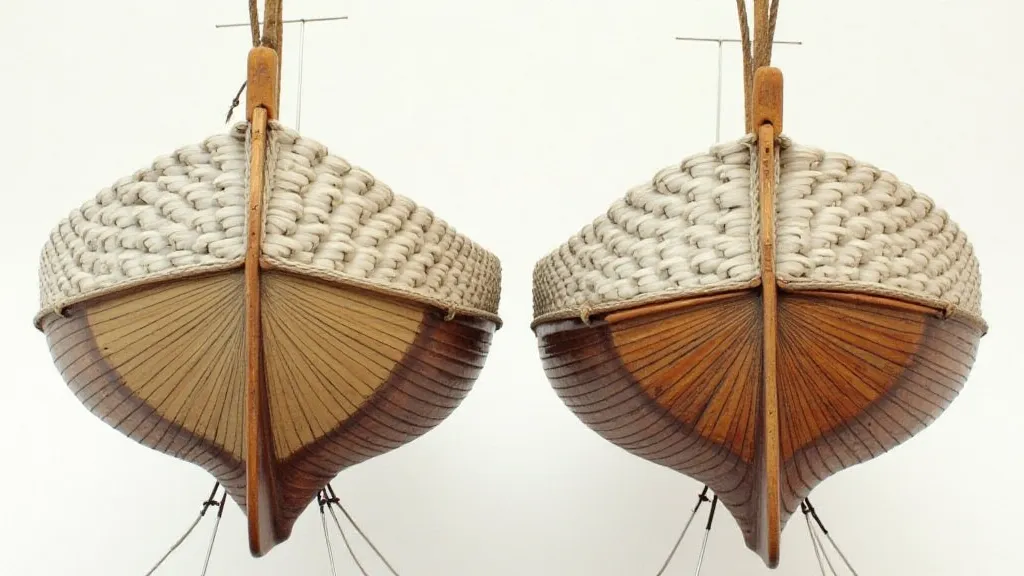
The Modern Jolle: Preservation and Revival
Although modern fishing practices have largely superseded the traditional Jolle in commercial fisheries, the boat remains an important part of Baltic maritime heritage. Many are now used for recreational boating, sailing, and traditional festivals. The enduring appeal of these small craft lies not only in their practical design but also in the connection they offer to a bygone era.
The skills of traditional boat builders are increasingly valued, with some dedicated individuals and organizations working to preserve the techniques and knowledge associated with their construction. These efforts are vital, as the knowledge required to build a Jolle is a complex blend of practical skill, material understanding, and generational wisdom. Beyond the technical expertise, these preservation efforts represent a broader commitment to safeguarding cultural heritage and the traditions that connect us to our past. This same dedication to preserving craftsmanship is seen in regions around the world, where the skills of traditional artisans are considered invaluable.
Efforts are being made to document and replicate original Jollen, ensuring that these unique vessels continue to sail the Baltic Sea for generations to come. Workshops and apprenticeships are being offered to pass on the craft of traditional boat building. The preservation of these traditional skills is a broader concern, reflecting a renewed appreciation for the value of handcrafted objects and the knowledge they represent. The meticulous care and dedication involved in replicating these traditional vessels highlights the importance of preserving not just the physical objects, but also the intangible knowledge and skills that created them.
The continued relevance of small boats in various cultures isn't unique to the Baltic. Consider the diversity of traditional coastal vessels found across the globe, each reflecting the specific needs and ingenuity of its builders. For those interested in exploring other examples, a look at craft like the Portuguese Barra: A Traditional Portuguese Fishing Boat can provide valuable insights.
Image: 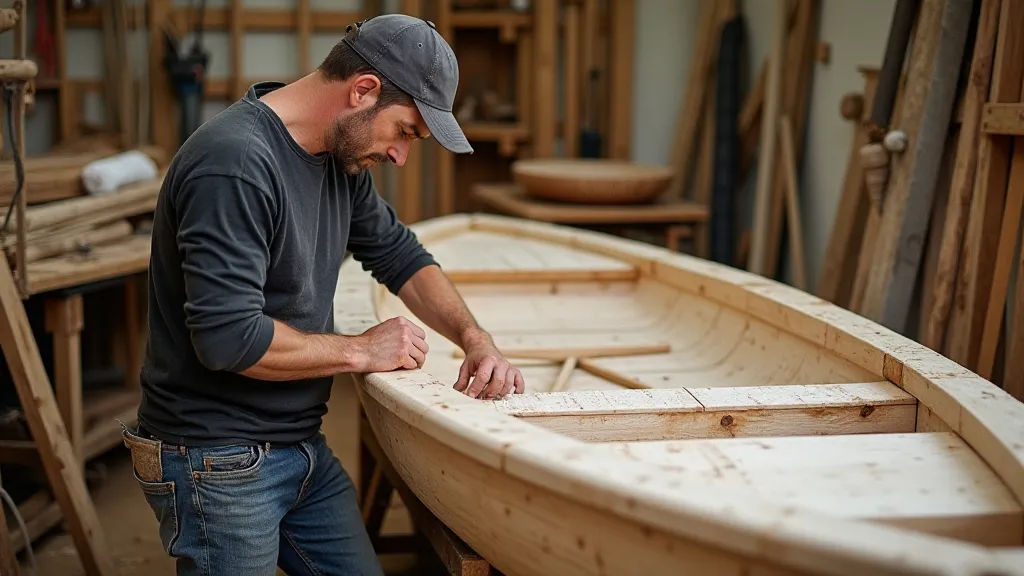
Beyond Functionality: The Cultural Significance
The Jolle represents more than just a fishing boat; it embodies a living testament to the ingenuity, resilience, and deep connection between Baltic coastal communities and the sea. Its continued presence in the Baltic landscape ensures the preservation of valuable maritime traditions and the celebration of craftsmanship passed down through generations.
The design of the Jolle, much like that of any traditional craft, is interwoven with the cultural identity of the communities that built and used it. It’s a tangible symbol of their relationship with the sea, their resourcefulness, and their enduring spirit. The very act of building a Jolle was a communal effort, strengthening social bonds and transmitting valuable skills and knowledge across generations. This spirit of cooperation and shared purpose continues to resonate today, as individuals and organizations work to preserve the Jolle and the traditions associated with it. The inherent beauty and functionality of these vessels speaks to a profound understanding of design principles that have been refined over centuries. The commitment to preserving these skills demonstrates a recognition of the intrinsic value of human creativity and ingenuity.
Conclusion
The Jolle stands as a powerful reminder of the enduring legacy of human ingenuity and the profound connection between coastal communities and the sea. Its continued presence in the Baltic landscape ensures the preservation of valuable maritime traditions and the celebration of craftsmanship passed down through generations. It’s a craft that tells a story – a story of resilience, innovation, and the enduring power of human connection to the natural world. The Jolle, in its simplicity and elegance, stands as a testament to the enduring spirit of human creativity and the power of tradition. Preserving this legacy ensures that future generations can appreciate the beauty and ingenuity of these remarkable vessels.

